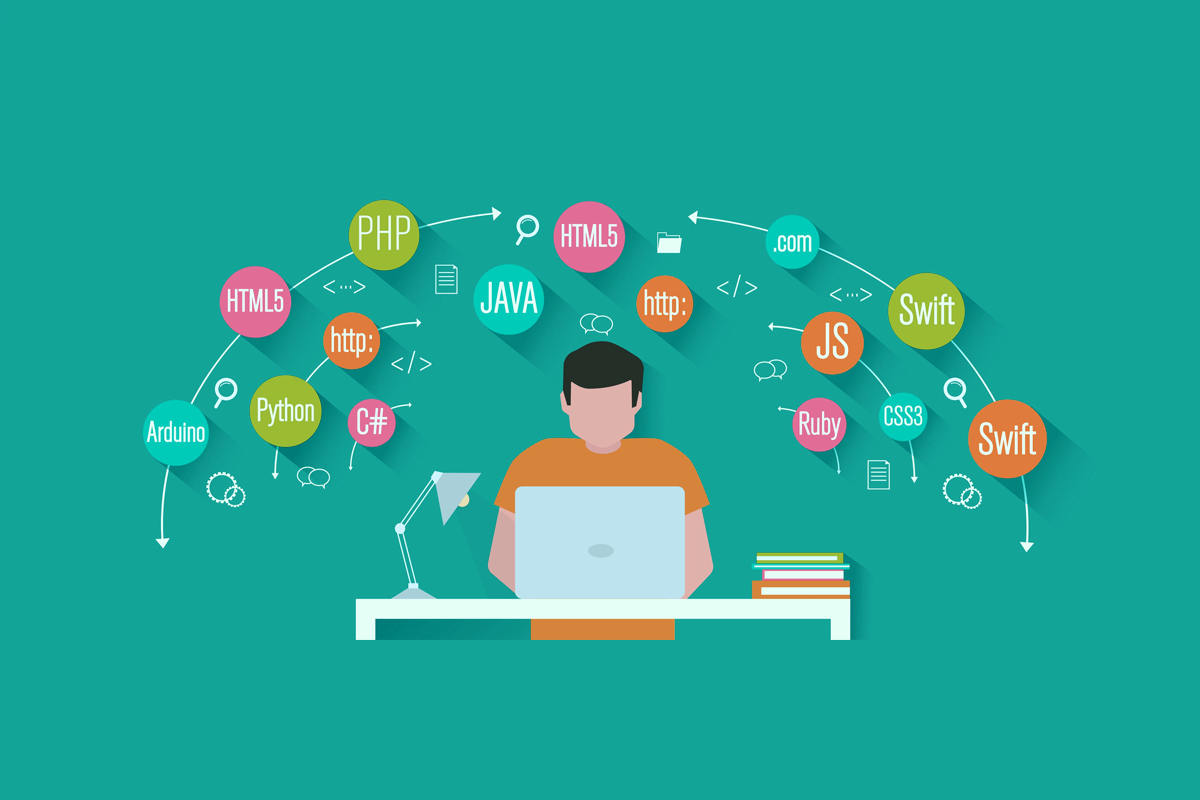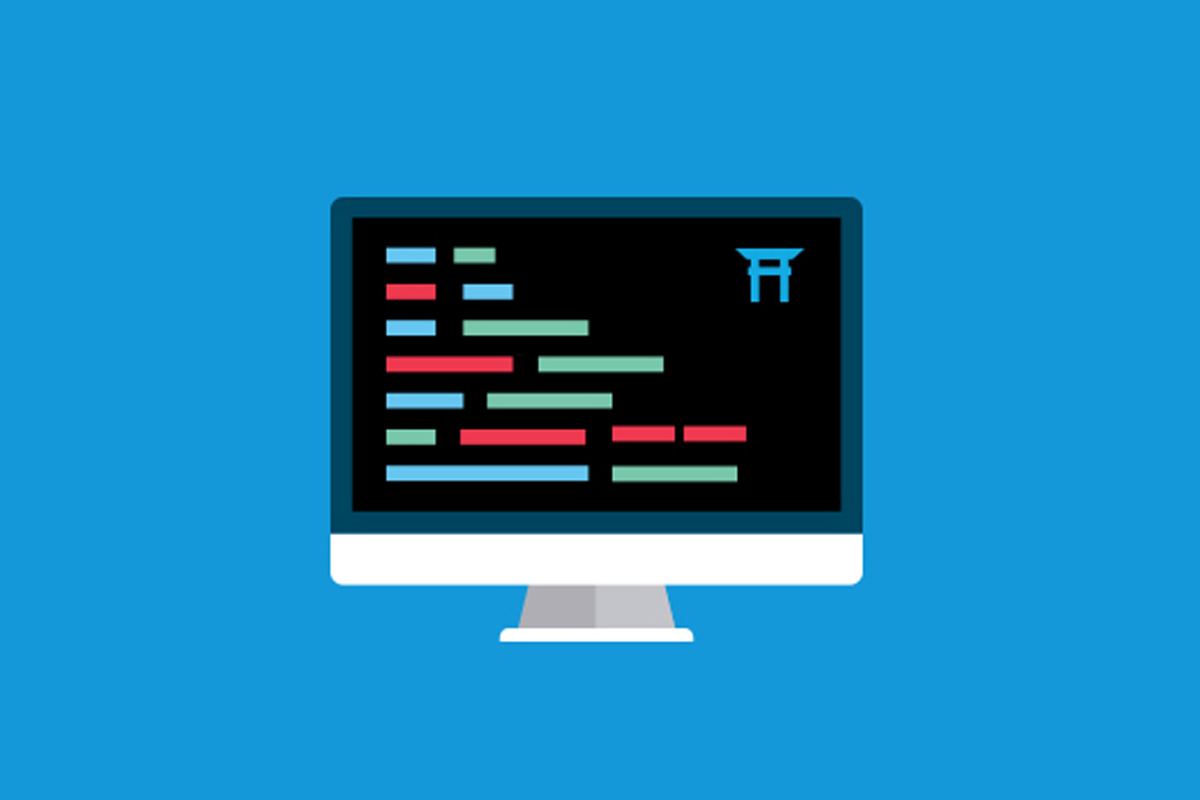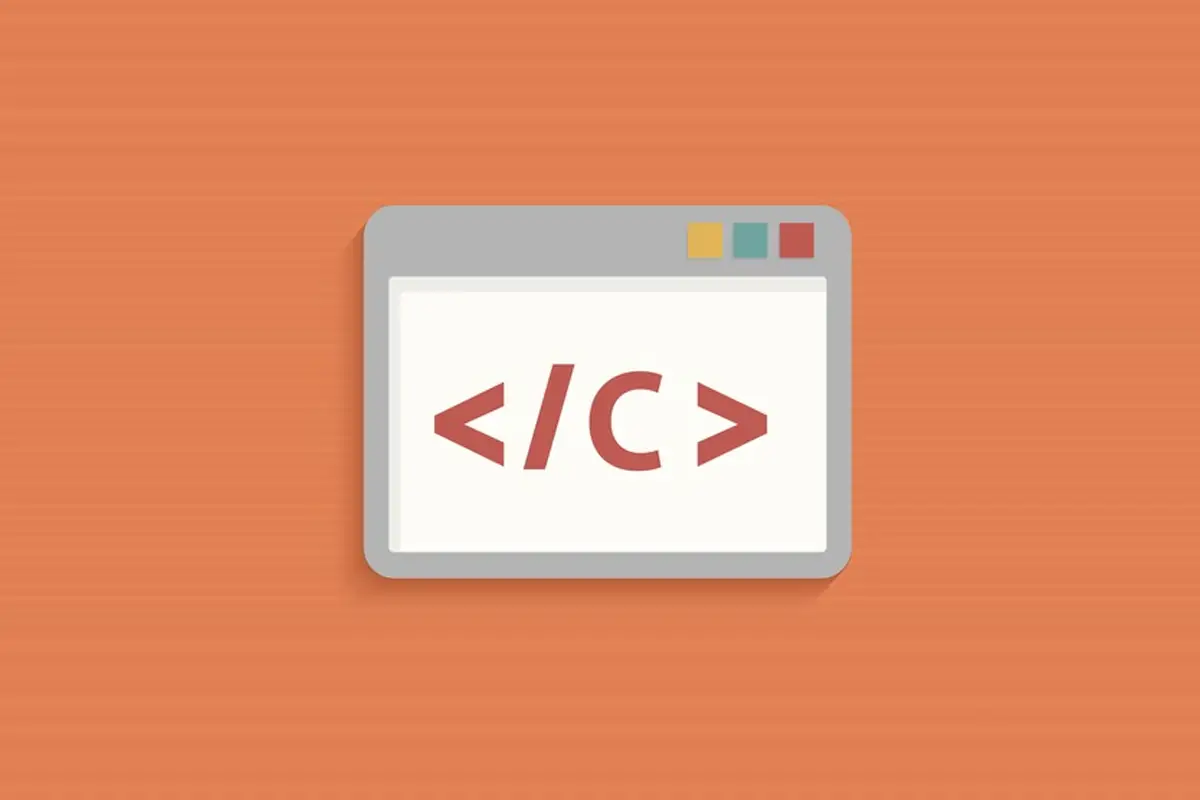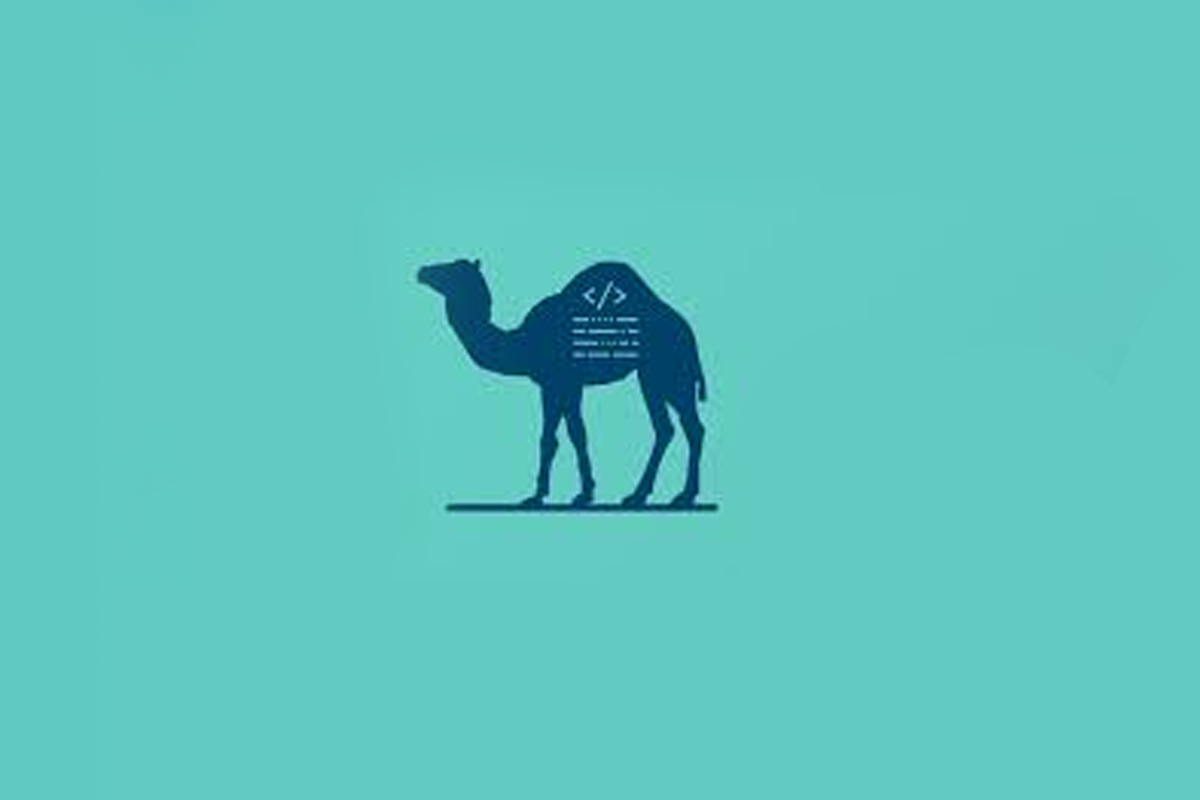History and Evolution of Major Programming Languages

In this world of technological advancement, there may be very few environments where there is no application of programming languages. When it comes to technology, the programming language is in the heart of it all. It is an integral part of the machine or system which allows it to function and behave as it should. It is a vital organ to any system that lets it perform its concerned logical actions. It has laid the foundation in the field of worldwide connectivity. The code written into the machine allows it to think and perform its designated task. So, without the birth of programming language, technological advancement would not have been possible.
The programming languages have been in development since the mid-eighteen hundreds to present. The first programming language ever created was more than 100 years ago. In order to pay tribute to the programming languages that have been developed for generations, we will go through a brief history of programming languages and their usages.
1883: First Programming Language
A woman named Ada Lovelace devised the first programming language in 1883. She worked with Charles Babbage (who we all know as Father of Computers) in his first mechanical computer called Analytical Engine. Lovelace analyzed how numbers operated in computers and discovered that they could represent a pattern or flow. Then, she devised a pattern for the Babbage Engine to compute the Bernoulli numbers, which is considered to be the first programming language. With this, Ada was credited with developing the first programming language.
1957-1959: FORTRAN, COBOL and LISP
In these 3 years, programming languages like FORTRAN, COBOL, and LISP were created. FORTRAN was designed for complex mathematical, scientific and statistical operations. Fortran stands for formula translation and the credit for its creation goes to John Backus. This language is still widely utilized in mathematical analysis and computations. COBOL developed by Dr. Grace Murray Hopper is a Common Business Oriented Language. This language could operate on any type of computer. The applications of this language are in banking, telephone systems, credit card processing, hospital and government computers, automotive systems, and traffic signals. LISP is a list processing language devised by John McCarthy created for its application in Artificial Intelligence.
1970: Pascal
The credit for the creation of Pascal language goes to Niklaus Wirth. It was named Pascal to pay tribute to French mathematician, philosopher, and physicist Blaise Pascal. It is a high-level programming language considered a pretty easy learning curve. The main purpose of its development was to teach computer programming. The teaching involved structured programming and data structures. The derivative of Pascal called Object Pascal was commonly used for windows application development. It was also used by Apple Lisa and Skype.
1972: C
All the programmers and people from technical backgrounds would have heard of the C language. It is considered to be the most initial high-level language by many. This high-level language is closer to natural language putting away the complex machine codes. It was developed by Dennis Richie in Bell labs.
The main purpose of its creation was for the Unix Operating System which is popular nowadays as an open-source operating system. This language was a foundation for many different languages that would be created in the future. This language was the base for Java, C#, JavaScript, Ruby, Go, Perl, Python, and PHP. It was primarily used in cross-platform programming, system programming, Unix programming, and game development.
1983: C++
C++ is considered the extension of C language with the capability of Object-Oriented Programming. The enhancements such as classes, virtual functions, and templates were made. The credit for the creation of this language goes to Bjarne Stroustrup, It is one of the most popular and widely used languages. This language is highly used for game development tools to program game engines as well as in high-performance software like PhotoShop. C++ was also used to develop other scripting languages and its frameworks like NodeJS. The primary application is in commercial application development, embedded software, client/server applications, etc.
1983: Objective C
Objective C is the object-oriented extension over C language devised by Brad Cox and Tom Love in Stepstone. It is a general-purpose, high-level language with the addition of message-passing functionality based on Smalltalk language. The main purpose of this language was for Apple programming. It was mainly used for coding software for macOS and iOS, Apple operating systems.
1987: Perl
Perl is a scripting language designed mainly for editing text. It was developed by Larry Wall in Unisys. It was developed for report processing on Unix systems. It is known for its high power performance, modularity and versatility. The primary uses of Perl are for computer graphics CGI, database applications, web programming, system administration, and graphics programming. This language is used by Amazon, IMDb, etc.
1991: Python
Python is considered one of the easiest programmings to learn. The learning curve is quite flat and recommended for coding beginners. The fact is that this language is very close to human language. The coding mechanism is very simple and programmers can do multiple tasks with just single coding expressions. This language was developed by Guido Van Rossum. The frameworks coded in python language are used by popular social media apps like Instagram. This language is widely used nowadays for machine learning and AI. It is also used for web applications, software development, and information security.
1993: Ruby
In 1993, many popular and powerful languages were developed. Ruby was one of those programming languages. This language was designed by Yukihiro Matsumoto originally for teaching purposes. This language is influenced by Perl, Ada, Lisp, Smalltalk, etc. The language is very productive and enjoyable. It is used for web application development and also the foundation for Ruby on Rails. It is used by Twitter, Hulu, etc. The execution of the code is slow, but it allows programmers to put the code together quickly and run a program.
1993: Java
Java is one of the most widely used and popular programming languages all across the globe. This language was developed by Sun Microsystems. This language has huge use cases. Primarily, this language was intended for networking tools and mobile devices but was enhanced to facilitate information across the World Wide Web. This language can be found anywhere from huge power servers to small mobile devices. The applications of this language are very widely distributed from network programming, web applications, software development, mobile application development to GUI development. It is used in the development of native Android OS apps as well.
1993: PHP
PHP is a widely known and used language for dynamic web programming. This programming language is mainly used to compile on web servers to serve the web pages and required resources. It was created by Rasmus Lerdorf. It was originally named Personal Home Page but was later called Hypertext Preprocessor. The major application of this language was to build dynamic web pages and server-side development. This language was widely used by popular companies like Facebook, Wikipedia, WordPress, etc.
1993: JavaScript
JavaScript is a web scripting language known to all web developers. It was developed by Brendan Eich. It is primarily used along with web pages for web browser interactions. We can say that almost every web page uses JavaScript. It is a high-level scripting language used to make web pages dynamic at the client-side without putting pressure on the server-side. It is used for web form submission and validations, user interface interactivity, animations, and tracking.
JavaScript takes the load of the server-side by running in the user's computer and doing most of the client-side computation which does not require data from the server. Today, JavaScript has expanded itself to different frameworks and can be used to develop web applications, websites, server-side programs, desktop applications, and mobile applications as well. JavaScript has no boundaries in the field of programming in a modern programming environment.
2000+
Many new programming languages and frameworks were created after the 2000s. Most of the languages and frameworks were based on the older programming languages with powerful extensions and security. Some of the honorable mentions are React JS, Angular, C#, Scala, Go, Swift, etc. C# is an extension of C++ language with the simplicity of Visual Basic incorporated into it. C# was primarily used to develop the Microsoft products and desktop applications.
Scala is the programming language that integrates functional programming with object-oriented programming. Swift is another powerful programming language devised by Apple as the replacement of Objective C. Swift just like objective C is used to develop the Apple software and applications with more simplicity and efficiency.
The modern world cannot be free of programming language now. They have formed a foundation for powerful systems and technology to grow. Programming languages inspired innovation, development, and ability to turn the physical world into virtual, making tasks easier and enjoyable. Most of the programming languages that are prevalent today are built upon the concept of older programming languages.
The new ones make the work simpler and efficient with fewer chances of errors and a high level of security. Machine learning, data mining, Artificial Intelligence all use programming languages as a core ingredient. Many businesses rely heavily on software programs to run day to day tasks efficiently. So, this programming environment will only develop in the future with more modular, simplistic, and powerful coding languages.
Conclusion: Programming languages are still in the process of evolution in both industry as well as in research. Only time will tell where this journey of programming languages will reach and what this technology will look like when it reaches its pinnacle.
Author’s bio: Vipin Nayar is the Co-founder of Aviv Digital. He's a Social Media, SEO & SEM expert with over nine years' experience in Digital marketing. He keeps himself updated about all the latest trends in the world of Digital Marketing and shares his knowledge with us through his blogs and articles.




